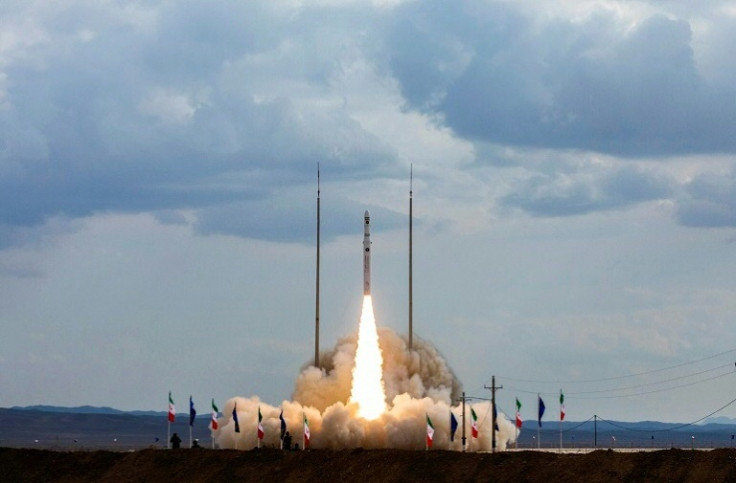Rashid Rover: UAE's First Moon Mission All Set For Launch
KEY POINTS
- The rover will take off from Space Launch Complex 40 in Florida on Nov. 30
- The Rashid Rover will take a low-energy route to the moon
- It will take images of the Moon surface and study the lunar dust
The UAE's historic Moon mission is all set for launch, according to an announcement issued by Japan-based ispace inc Monday.
The HAKUTO-R Mission 1 lunar lander Rashid Rover had been integrated into the SpaceX Falcon 9 rocket, affirming the completion of the launch preparations.
"We are pleased to have finished the first phase of Mission 1 with the final preparations before launch completed," ispace founder and CEO Takeshi Hakamada, Khaleej Times reported.
"We have achieved so much in the six short years since we first began conceptualizing this project in 2016," he added.
The launch, which will be broadcast live by The National on Nov. 30, Wednesday, at 12:39 p.m. UAE time, will take off from Space Launch Complex 40 at Cape Canaveral Space Force Station in Florida. The Mohammed Bin Rashid Space Centre (MBRSC) said the date and time may still change, depending on the weather and other conditions at the time.
Once the mission takes off, the 10kg-Rashid Rover will take a low-energy route to the moon. It is expected to land on the Atlas Crater of the moon, located on the southeastern outer edge of Mare Frigoris, by the end of April 2023. No other Moon mission has explored the dark plain on the lunar surface before.
The mission's goal is to explore the moon's plasma and study other longstanding questions about Earth's only natural satellite, including the lunar dust, mobility on its surface, and the interactions of particles on it. Previous Apollo missions faced challenges exploring these questions, owing to lunar dust getting stuck to the spacesuits of scientists, causing erosion and operational problems.
Named after former Dubai leader Sheikh Rashid bin Saeed Al Maktoum, the Rashid Rover is equipped with high-resolution cameras—Microscopic and Thermal Imaging—to take images during the mission and send the data back to Earth.
Ahead of its Wednesday launch, the lunar lander underwent a series of internal and external reviews to ensure that all its systems and subsystems were ready for the mission. Over the last four months, several tests were conducted at various stages—from its launch and cruise to descent.
It marks the UAE's first lunar mission. If everything goes well, this mission will make the UAE the fourth country in the world to land on the moon.

© Copyright 2023 IBTimes AE. All rights reserved.






















